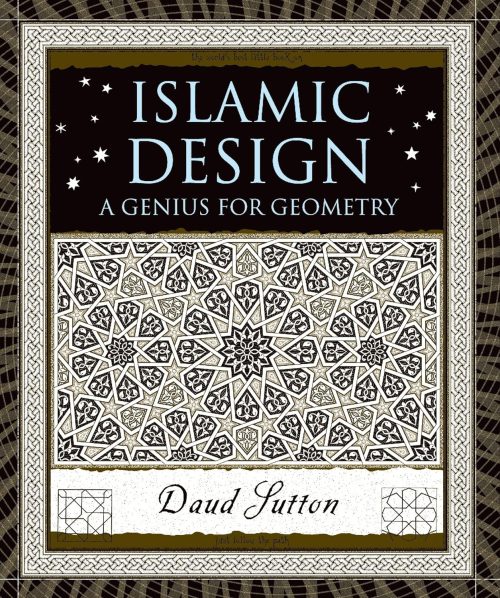Arabic Geometrical Pattern and Design is a fascinating exploration into the world of Islamic geometry and its confluence with art. This book draws back the curtain on a path of artistic expression quite distinct from that of European traditions, ignited by a religious prohibition against depicting the human form. Instead, we are swept into the realm of pure abstraction—where geometry meets spirituality and aesthetics.
At its core, Arabic Geometrical Pattern and Design delves into the transformation of a simple artistic impulse into a labyrinth of complex geometric patterns and linear designs. The meticulousness and skill with which these designs were crafted over centuries have culminated in a form of art that transcends time, speaking to a mastery that only devotion and sustained practice could yield.
One of the book’s central premises is the adaptability and variation that Islamic geometrical art offers. With 190 patterns comprising hexagons, octagons, dodecagons, stars, rosettes, squares, pentagons, and heptagons, the book is a treasure trove of designs, each stemming from a few fundamental shapes. A remarkable aspect highlighted is the transformative power of simple adjustments which can give birth to a completely new pattern.
European artists will find themselves intrigued by the stark contrast of approach; the focus on perspective and figurative representation gives way to this sublime abstract art form. It offers a compelling invitation to any artist seeking to step into a different rhythm, enabling the construction of remarkably intricate and sophisticated designs.
Arabic Geometrical Pattern and Design also serves a practical purpose. Aspiring creators can engage directly with the patterns, thanks to the dotted construction lines provided for sections of the plates. This educational approach not only unveils the complexity of the designs but also invites hands-on engagement and perhaps even a meditative appreciation for the art.
Actual applications of these geometrical marvels are not overlooked. The inclusion of twenty-eight examples from Cairo and Damascus, such as sanctuary doors, openwork windows, and inlaid marble pavements, illustrate the tangible beauty of the craft. These real-world instances bridge the gap between theory and application, showcasing how geometric patterns are woven into the very fabric of Arabic architecture.
More than a mere academic text, Arabic Geometrical Pattern and Design is a visual journey. It speaks to those with an aesthetic bend, historians interested in Islamic culture, as well as mathematicians enchanted by geometric perfection. Its appeal is wide-reaching; the reader need not be versed in art or mathematics to appreciate the intricate beauty it displays.
While it is a treasure trove for artists and designers looking for rich sources of Islamic art and design, the book also caters to novices by encouraging individual exploration and adaptation of these time-honored patterns.
Arabic Geometrical Pattern and Design stands as a testament to the artistry and ingenuity of Islamic art. It wields the quiet power to inspire, to educate, and to carry the torch of a vibrant artistic heritage into the hands of contemporary readers and creators. In the swirling symmetry and interlacing forms, there lies a deep respect for tradition accompanied by the gentle whisper of innovation. For those looking to either appreciate or create, this book is undoubtedly a valuable and captivating source.
Whether paired with pen and paper or simply admired with the eyes, Arabic Geometrical Pattern and Design is certain to spark a creative fervor, a fascination with form, and a fresh recognition of patterns that narrate tales as old as time itself.










